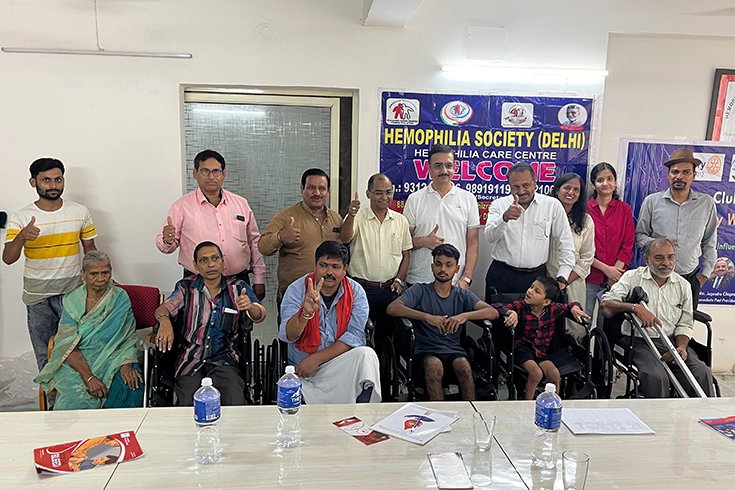Over the
past few decades, air pollution and climate change have emerged as pressing
global concerns, posing significant threats to public health and mortality. The
alarming rise in severe air pollution, particularly in India, highlights the
urgent need for action. Major cities like New Delhi consistently rank among the
world’s most polluted urban areas due to rapid urbanization, transportation
emissions, and industrial activities. According to the World Health
Organization (WHO), air pollution—both ambient and household—is responsible for
approximately 6.7 million premature deaths annually in low- and middle-income
countries and 9 million globally.
Air
Quality and the Indian Context
The Air
Quality Index (AQI) serves as a critical indicator of pollution levels, and
India faces severe challenges with high AQI scores in most metropolitan areas.
IQAir data reveals that 14 of the 20 most polluted cities globally are in
India. The major contributors to this crisis include vehicle emissions,
industrial discharges, and biomass burning. Prolonged exposure to pollutants
like PM2.5, PM10, and nitrogen dioxide (NO₂) leads to a wide range of health
issues, from respiratory distress to life-threatening conditions such as
cardiovascular diseases and premature deaths.
Despite
initiatives like the National Clean Air Programme (NCAP), which aims to reduce
air pollution, comprehensive and sustained efforts are needed to protect public
health and the environment.
Health
Impacts of Air Pollution
The health
effects of air pollution range from mild irritations, such as coughing and
wheezing, to severe conditions like asthma, chronic obstructive pulmonary
disease (COPD), and lung cancer.
Short-term
exposure often results in respiratory distress, eye and nasal irritations, and
allergies that may escalate into more severe conditions.
Long-term
exposure is linked to chronic respiratory disorders, cardiovascular diseases,
and reduced life expectancy. Persistent contact with fine particulate matter,
especially PM2.5, allows pollutants to penetrate deep into the lungs and
bloodstream, exacerbating health risks.
In
industrial and household settings, the use of polluting fuels like biomass,
coal, and animal dung further compounds respiratory health issues, particularly
for those with prolonged occupational exposure.
Vulnerability
in Children
Children are
especially susceptible to the adverse effects of air pollution due to their
developing respiratory systems and higher vulnerability to airborne toxins.
Exposure to pollutants during childhood is associated with:
- Impaired lung growth and function
- Increased risks of asthma, bronchitis, and respiratory infections
- Developmental issues, including low birth weight and premature births
- Long-term studies linking childhood exposure to pollution with adult pulmonary health could provide critical insights for mitigating these risks.
Strategies
for Mitigating Air Pollution
Addressing
the health and environmental impacts of air pollution requires multi-level
strategies:
Structural
Reforms: Enforcing
stricter industrial and vehicular emission standards, promoting cleaner energy
sources, and improving air quality monitoring systems.
Local Measures: Minimizing household exposure by
adopting clean cooking fuels and reducing time spent outdoors during
high-pollution periods.
Awareness
and Education:
Educating the public on the health risks of air pollution and methods to reduce
exposure.
Conclusion
Air pollution poses an undeniable threat to pulmonary health, particularly in rapidly urbanizing regions like India. Effective mitigation requires a combination of national policies, localized efforts, and global collaboration to reduce pollutant levels and safeguard public health for future generations.












